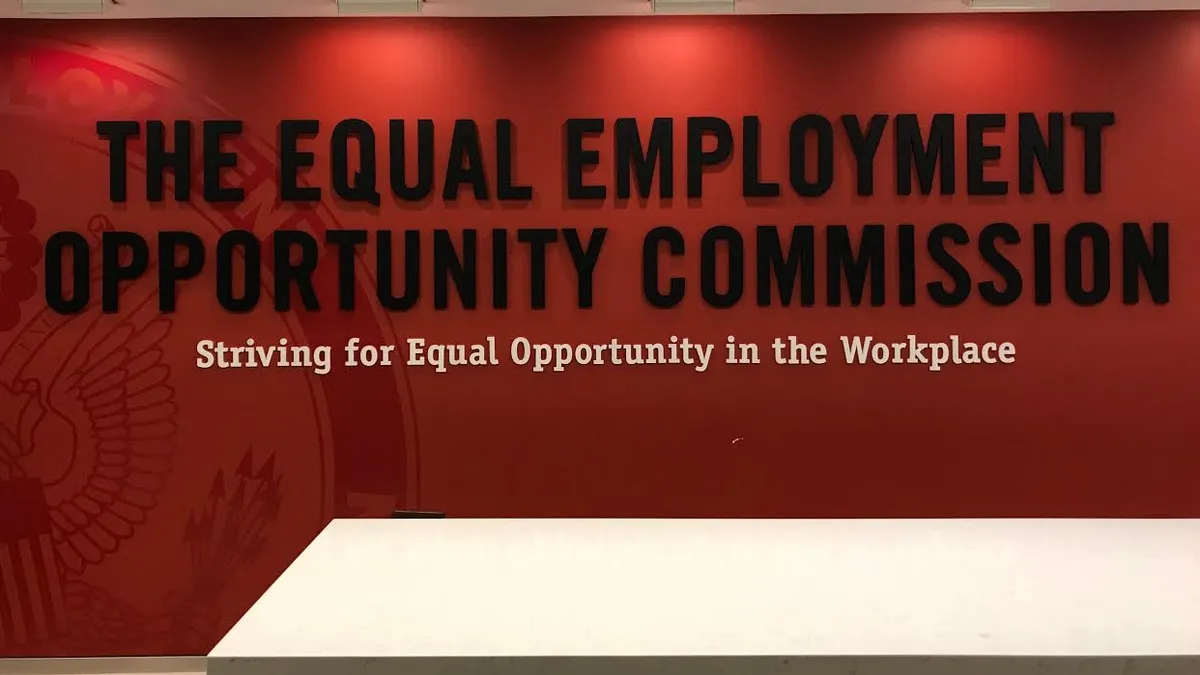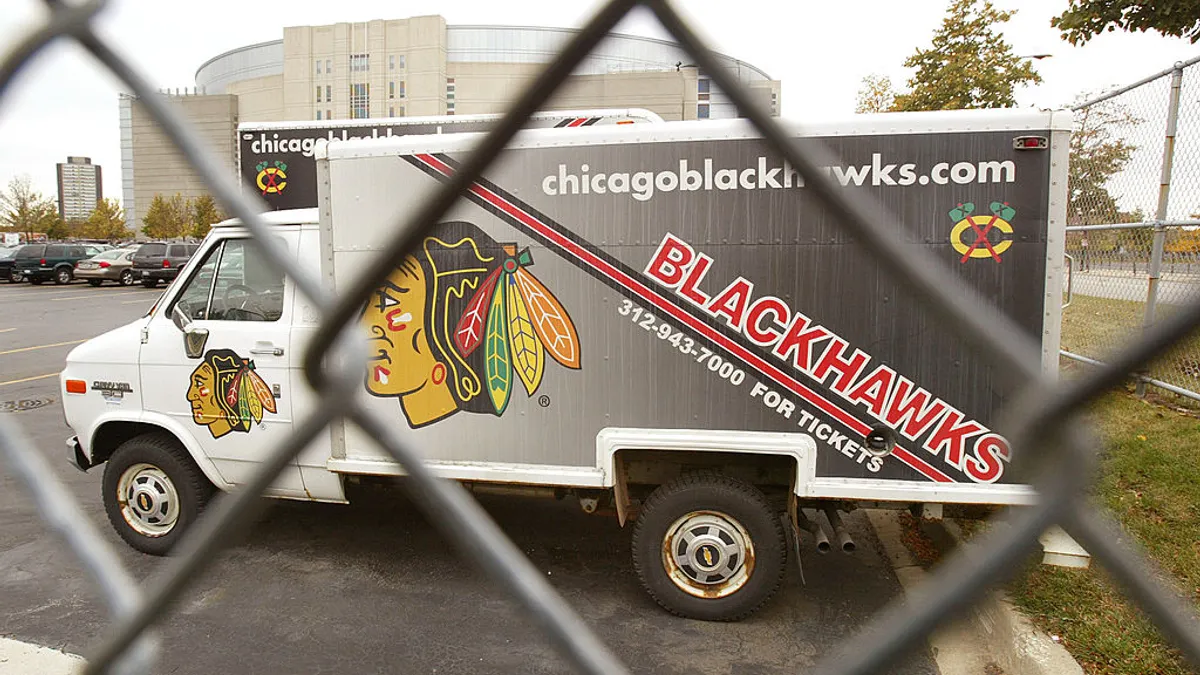Each week of February, HR Dive has published stories in a Black History Month series. Last week’s installment examined Black mental health at work. As the month draws to a close, this story details the barriers workers encounter when challenging bias in the workplace.
Employees at a Texas car dealership, Autos of Dallas, allegedly gave a Black car salesman a trophy declaring him “Least Likely to be Seen in the Dark” during a holiday party.
A crane service provider, TNT Crane & Rigging, allegedly allowed workers to be exposed to nooses on the job in 2019, and workers at another job site allegedly decorated cranes with lightning bolt “SS” stickers, representative of Nazi Germany’s police force.
At a Tesla plant, racial slurs were considered “casual and normal,” a suit alleged. Black employees there also were allegedly subjected to racist graffiti, insults and death threats.
Each of the incidents is among the complaints the U.S. Equal Employment Opportunity Commission has taken up in the past year, according to news releases from the agency and court documents. The agency has pledged to make systemic racism a focus of its strategic enforcement.
However, EEOC’s targeted enforcement on racial discrimination does not necessarily mean there has been an uptick racism in the workplace, cautioned Gerald Maatman, Jr., a partner with management-side law firm Duane Morris LLP.
“Remember that the EEOC and the lawsuits it brings are a tiny, tiny, tiny percentage of all the lawsuits brought for employment-related claims in the United States,” Maatman told HR Dive. “It's dangerous to draw a conclusion on what's going on in the workplace, just based on that very small sample size of what the EEOC is suing over.”
EEOC is ‘radar detection service’ for noncompliance
The agency’s 2024-2028 Strategic Enforcement Plan nods to the high-profile police killings of George Floyd and Breonna Taylor, the shootings targeting Black shoppers and workers in Buffalo, New York, and Jacksonville, Florida, and COVID-19’s disparate economic impact on people of color.
“While these deep-rooted problems extend far beyond the workplace, the EEOC is committed to doing our part to combat systemic discrimination in employment,” EEOC said in the plan.
In the past five fiscal years, about one-third of all charges filed with the agency alleged race discrimination, an EEOC spokesperson told HR Dive. In fiscal year 2023, EEOC resolved 19 lawsuits that alleged race or national origin discrimination, obtaining $4.9 million in monetary relief to 89 people. Two of those cases involved allegations of systemic discrimination.
In these cases, EEOC sought not only monetary relief but also injunctions against racial discrimination and harassment and required training and reporting at the companies in question, according to a message posted by EEOC Chair Charlotte A. Burrows for Black History Month.
Maatman views the EEOC as “kind of a radar detection service” for employers. What the agency focuses on and what lawsuits it brings tells companies where to spend their compliance dollars “to get ahead of issues that the government has scoped out as being very important,” as well as what types of cases plaintiffs might bring against employers, Maatman said.
“EEOC files a very small percentage of the total number of lawsuits, but the lawsuits it does file are very important, because it shows kind of what are the vulnerabilities and what are the areas that have been identified where there's lack of compliance,” Maatman said.
The agency receives around 80,000 charges a year and files roughly 150 lawsuits, Maatman said, referencing Duane Morris’ 2024 EEOC Litigation Review report.
‘A tough spot’ to file a claim
From discrimination to harassment to creating a hostile work environment, race-based cases have to meet certain legal standards for an employer to be held liable, explained Larry Weisberg, a partner and owner at Weisberg Cummings, a law firm that represents employees and employers.
Weisberg said a lot of the calls his firm receives involve workers who have been targeted by racial slurs or intimidation.
“It's important the employer is made aware of it. In most cases, the employer is given an opportunity to deal with it before they are held liable,” Weisberg said.
But therein lies the problem, he explained, because workers are afraid of retaliation.
“It’s a tough spot,” Weisberg said. “It’s illegal to retaliate against someone for making a good faith report, but that doesn’t mean it doesn’t happen. Then, you have real-life consequences: ‘I may have a case, but I’m out of work.’”
For example, a Kentucky district court ruled Feb. 21 that a Black maintenance worker at Fluor Facility and Plant Services didn’t provide sufficient evidence to support claims of a hostile work environment and retaliation. The worker alleged he’d been addressed with a racial slur as a “term of endearment” and had grease poured on his car, among other claims.
In companies where racial discrimination occurs, “that type of culture can either live or die from whatever is going on at the highest level of an organization,” Weisberg said. Employers that prioritize profits and not zero-tolerance policies can perpetuate those cultures, he said.
TNT Crane & Rigging, the employer facing claims involving nooses, told HR Dive in a statement that “the alleged actions arose out of claims dating back four to five years ago at one branch. Once made known to the company, the claims were promptly and thoroughly investigated and appropriately and timely addressed.” The company also said it is actively working with the EEOC to reach a resolution. The other companies mentioned in the story did not immediately respond to requests for comment.





















